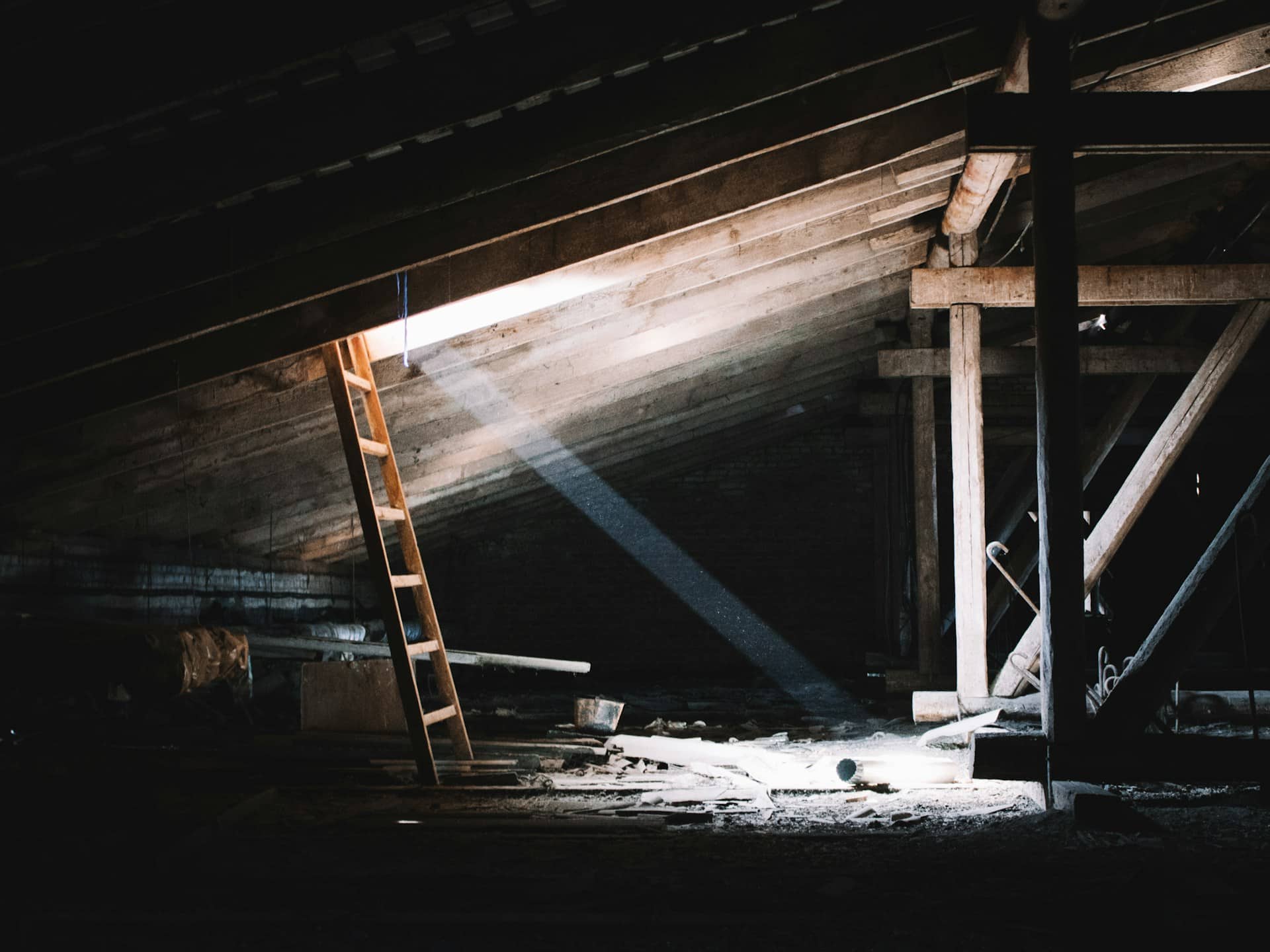When you decide to transform your loft into a vibrant living space, numerous considerations come to play. From the cost to the building work, several factors will influence the success of this project. However, one element stands out as crucial for a healthy living environment: ventilation. In Edinburgh’s compact, historic properties, ensuring proper airflow in a loft conversion can be a challenging yet essential task. This article will walk you through the steps to ensure your remodelled loft enjoys good ventilation without skyrocketing your energy bills.
Why is ventilation paramount in a loft conversion?
Before we delve into the “how”, it’s essential to understand the “why”. Ventilation is not just about keeping the air fresh and odour-free. It plays a significant role in maintaining a healthy living environment. It’s even more critical in a loft conversion, where insulation and heating systems can lead to a quick build-up of stale air and humidity.
Lire également : What are the key considerations for upgrading plumbing systems in an Edwardian home in Surrey?
Health and Comfort
Good ventilation improves indoor air quality by reducing pollutants, dampness, and dust mites, which can cause allergies and respiratory problems. Moreover, it keeps the loft comfortable, helping to regulate temperatures and eliminate odours.
Protecting the Building Structure
Proper airflow helps to prevent the build-up of condensation, which can cause dampness and mould growth. These issues can damage the building materials, compromise the integrity of the property, and lead to significant repair costs.
Avez-vous vu cela : How to design an energy-efficient lighting plan for a large garden in rural Nottinghamshire?
Energy Efficiency
While insulation is paramount for energy efficiency, good ventilation also plays a key role. A well-ventilated space can help reduce the reliance on heating and air conditioning, cutting down on energy costs and environmental impact.
Selecting the Right Windows for Your Loft Conversion
One of the simplest and most effective ways to ensure ventilation in your loft conversion is through the strategic placement and selection of windows. Windows not only allow natural light to flood into the room but also promote airflow, contributing to a healthier and more comfortable living space.
Types of Windows
There’s a variety of window types suitable for loft conversions. While traditional casement windows can work well, roof windows and skylights are particularly effective at promoting ventilation in a loft space. These windows can be opened to allow fresh air into the room and let out stale air.
Placement of Windows
Consider placing windows on opposite sides of the loft if possible, to create cross-ventilation. This setup allows air to flow across the room, maximising the ventilation effect.
Energy-Efficient Windows
While ensuring ventilation, don’t overlook the energy efficiency of your windows. Double-glazed windows can provide good insulation while still allowing airflow when opened. This helps to maintain a comfortable temperature in the loft and minimise energy costs.
Installing Effective Insulation and Ventilation Systems
The installation of insulation and ventilation systems is another crucial element to consider in your loft conversion project. While the insulation will help maintain the temperature of the room, the ventilation system will ensure fresh air circulation.
Insulation
The insulation in the loft should be of high quality to prevent heat loss during the cold Edinburgh winters and keep the loft cool during the warmer months. This, in turn, will help you save energy and costs.
Ventilation Systems
Mechanical ventilation systems can be an excellent solution to ensure good air circulation in a loft conversion. Systems like Mechanical Ventilation with Heat Recovery (MVHR) extract stale air while simultaneously drawing in fresh air from outside. They also recover heat from the extracted air to warm the incoming fresh air, further enhancing energy efficiency.
Planning Your Loft Conversion: Checking Regulations and Costs
Before embarking on your loft conversion project, it’s essential to be aware of the regulations and costs associated with this home improvement.
Building Regulations
In Edinburgh, specific building regulations apply to loft conversions. These regulations focus on ensuring the safety and welfare of the occupants. They cover aspects like fire safety, insulation, and importantly, ventilation. It’s essential to check these regulations and ensure your loft conversion complies with them.
Costs
The cost of a loft conversion can vary depending on the size of the loft, the materials used, and the complexity of the work. Remember to factor in the costs of installing windows and ventilation systems, as well as the price of insulation materials.
Making the Most of Your Loft Conversion: Living Spaces and Kitchens
Once you’ve addressed the practicalities of ventilation and insulation, you can start to envision the potential of your loft conversion. This space could serve a multitude of purposes, from a cosy bedroom to a stylish living room or even a compact kitchen.
Living Spaces
Loft conversions can make for perfect living spaces, offering a cosy and secluded area away from the buzz of the rest of the house. With good ventilation and insulation, this can be a comfortable year-round retreat.
Loft Kitchens
A loft kitchen can be a fantastic addition to your property, especially for open-plan living. However, kitchens produce more heat and moisture due to cooking. This makes ventilation in a loft kitchen even more crucial. Installing an extractor hood and ensuring there are enough windows for natural ventilation will help keep the air clean and fresh.
A loft conversion is a significant project that can add tremendous value and pleasure to your home. While there are many factors to consider, good ventilation sits at the heart of a successful transformation. By making smart decisions about windows, insulation, and ventilation systems, you can create a loft conversion that is not only beautiful but also comfortable, healthy, and energy-efficient.
Type of Loft Conversions and Their Ventilation Needs
Every loft conversion is unique and the approach you take towards ventilation will largely depend on the type of conversion you choose. Understanding the specific requirements of different loft conversion types can help ensure optimal ventilation.
Dormer Loft Conversions
Dormer loft conversions are a popular choice in Edinburgh due to their ability to add substantial extra space and height. This type of conversion usually involves an extension that protrudes from the slope of the roof. Although they offer more space, these conversions can also trap more heat, increasing the importance of efficient ventilation. Installing windows in the dormer and considering the addition of an MVHR system can help maintain a steady flow of fresh air.
Velux Loft Conversions
Velux conversions are another common type of loft conversion. As the name suggests, this type of conversion primarily involves the installation of Velux windows in the existing roof slope, without altering the original roof structure. This makes ventilation simpler as Velux windows are designed to promote airflow and make the most of natural ventilation.
Mansard Loft Conversions
A Mansard loft conversion involves a significant alteration to the roof structure, allowing for extra living space. The unique construction of a Mansard conversion, often featuring windows in a vertical wall at the front, necessitates careful consideration of ventilation. In this type, it’s advisable to optimise window positioning to improve cross-ventilation and consider installing a mechanical ventilation system.
The Impact of Planning Permission on Loft Ventilation
The need for planning permission for a loft conversion in Edinburgh can greatly influence your approach to ventilation. Planning permission may place certain restrictions on the type and placement of windows, which are crucial for natural ventilation.
When is Planning Permission Required?
Depending on the size and type of loft conversion, you may need planning permission. Generally, larger conversions like dormer and Mansard types often need permission due to the significant alterations to the roof structure. Velux conversions, on the other hand, are generally considered “permitted development” and may not require formal permission.
Planning Permission and Ventilation
If planning permission is required, it’s crucial to consider how it could impact your ability to install windows or ventilation systems. You might need to adapt your plans to meet the conditions stipulated in the permission. It’s always advisable to discuss your plans with local planning officers to ensure you can meet both the regulations and your ventilation needs.
Conclusion
Transforming your loft into a functional, enjoyable living space can be an exciting project. However, navigating the many considerations such as types of loft conversions, planning regulations, and the significant aspect of ventilation can initially seem daunting.
Remember, the primary goal is to create a space that is not only visually appealing but also comfortable and healthy to spend time in. Choosing the right windows, installing effective insulation, and considering the necessary ventilation systems will help achieve this goal.
Moreover, by understanding your local building regulations and considering the need for planning permission, you can ensure your loft conversion is compliant and well-planned from the start.
In conclusion, a well-executed loft conversion can significantly add to your property’s value and provide you with that extra space you’ve been dreaming about. Keep ventilation at the forefront of your plans for a loft conversion that truly enhances your home and your living experience.










